Planning a trip usually starts with picking the stays and drafting a route to connect the stays against a certain timeframe or budget.
We call this ‘the mechanical approach’.
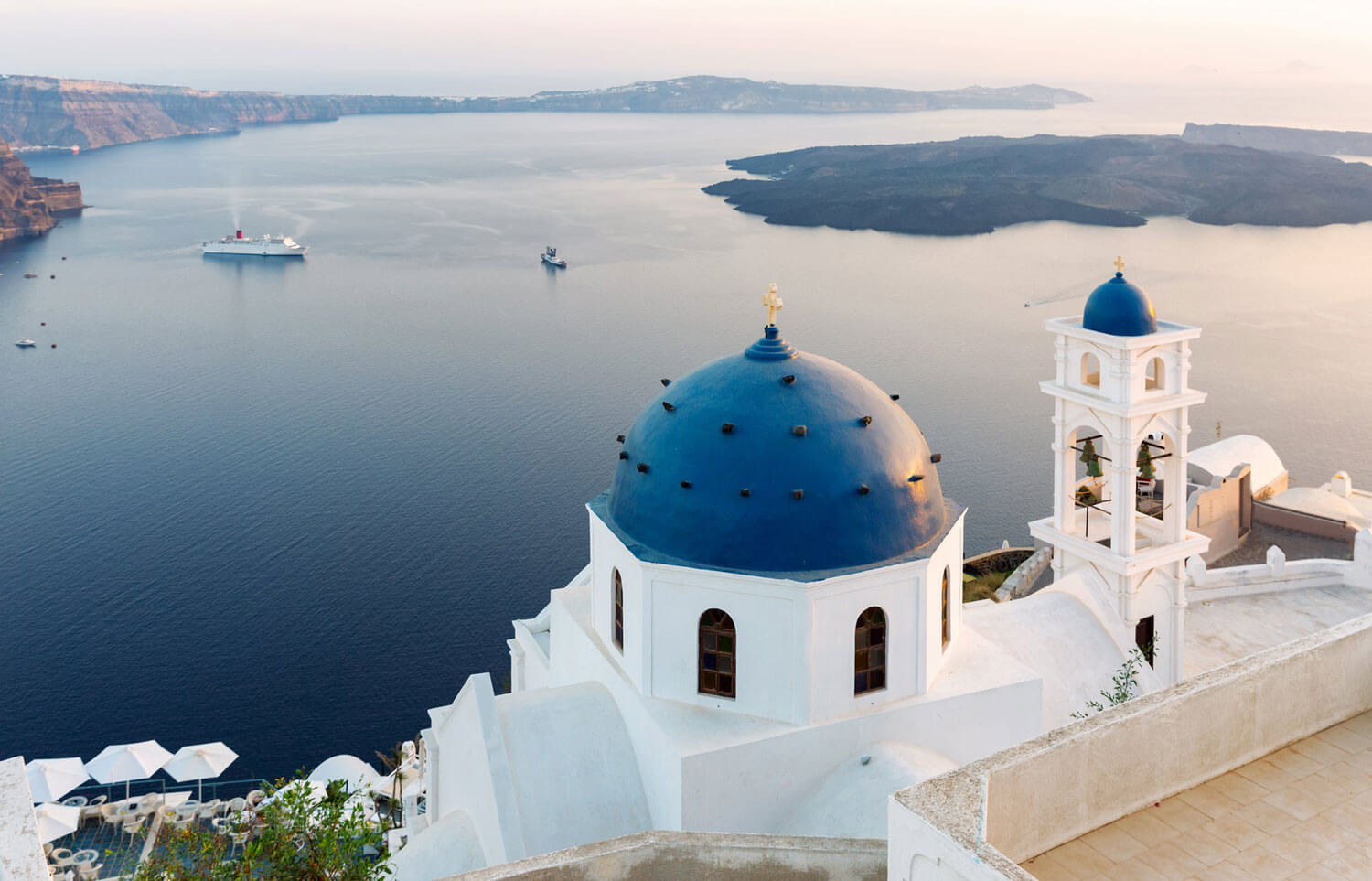
Chapter Three
Our Places
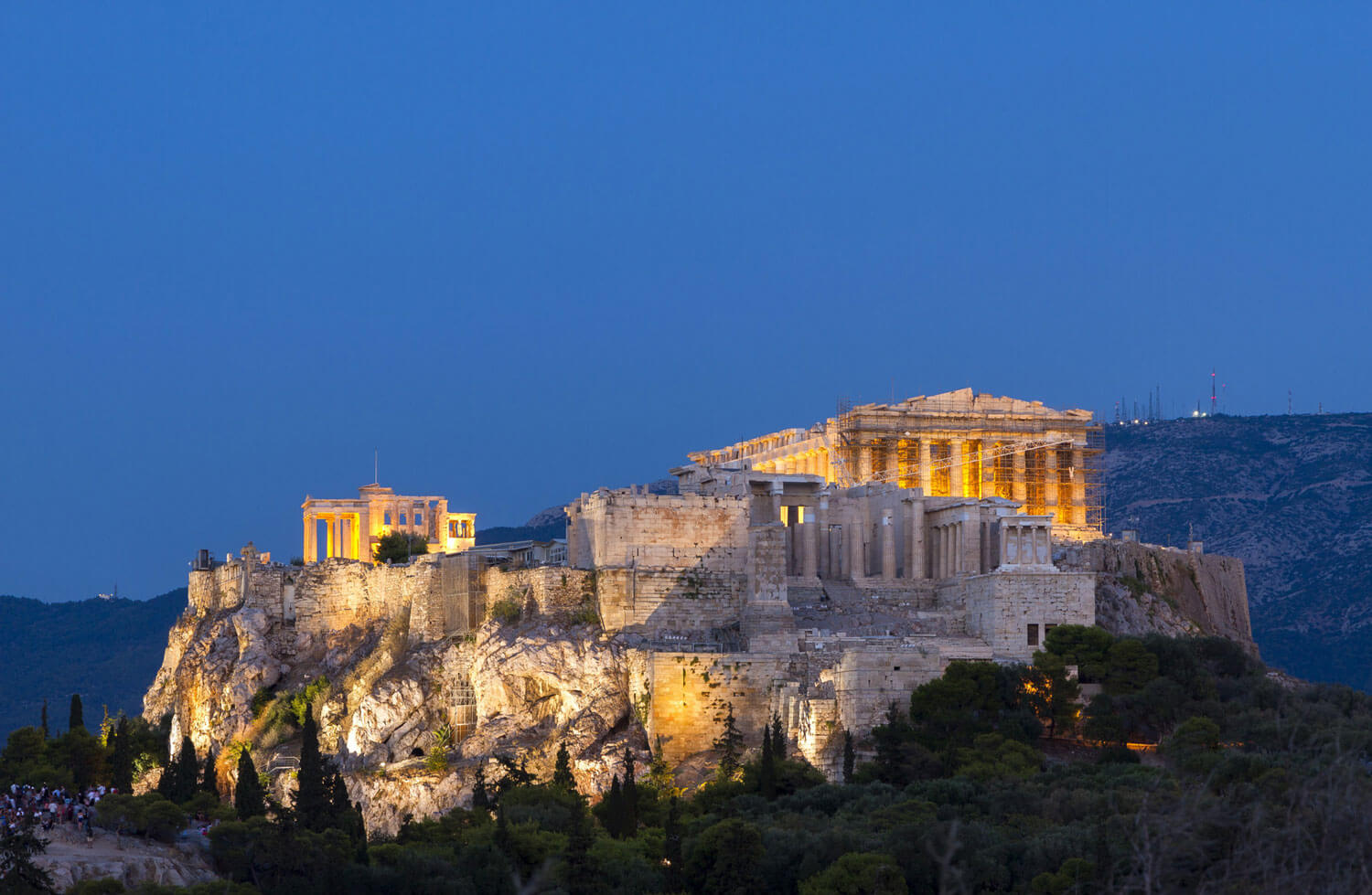
Athens
Parthenon, or the Temple of Virgin Athena who was pure in mind, heart and body – Wisdom Incarnate, was an image of god housed within and an icon of Athena’s attributes. It was designed to attract her spirit to the place, to embody her presence so that her worshippers might commune in her presence and be united with The Spirit.
Athens is The Acropolis and more: it is the Agora, the Plaka, Kolonaki, Glyfada, countless taverns, classy museums, quality hotels and lack of a dull moment. It is the inevitable start and end of a journey to Greece served by an excellent airport.

At Dolunay, we are more keen on characteristics, themes and experiences.
To help sustain a better understanding of the dynamics involved in trip planning, we have developed this rough rendering of Greece’s heritage as a general guideline:
-
Temple Cultures
such as Athens, Delphi, Eleusis
-
Palace Cultures
such as Knossos, Mycenae, Vergina
-
Monastic Cultures
such as Meteora, Mystras, Halkidiki
-
Maritime Cultures
such as Thira, Mykonos, Rhodes
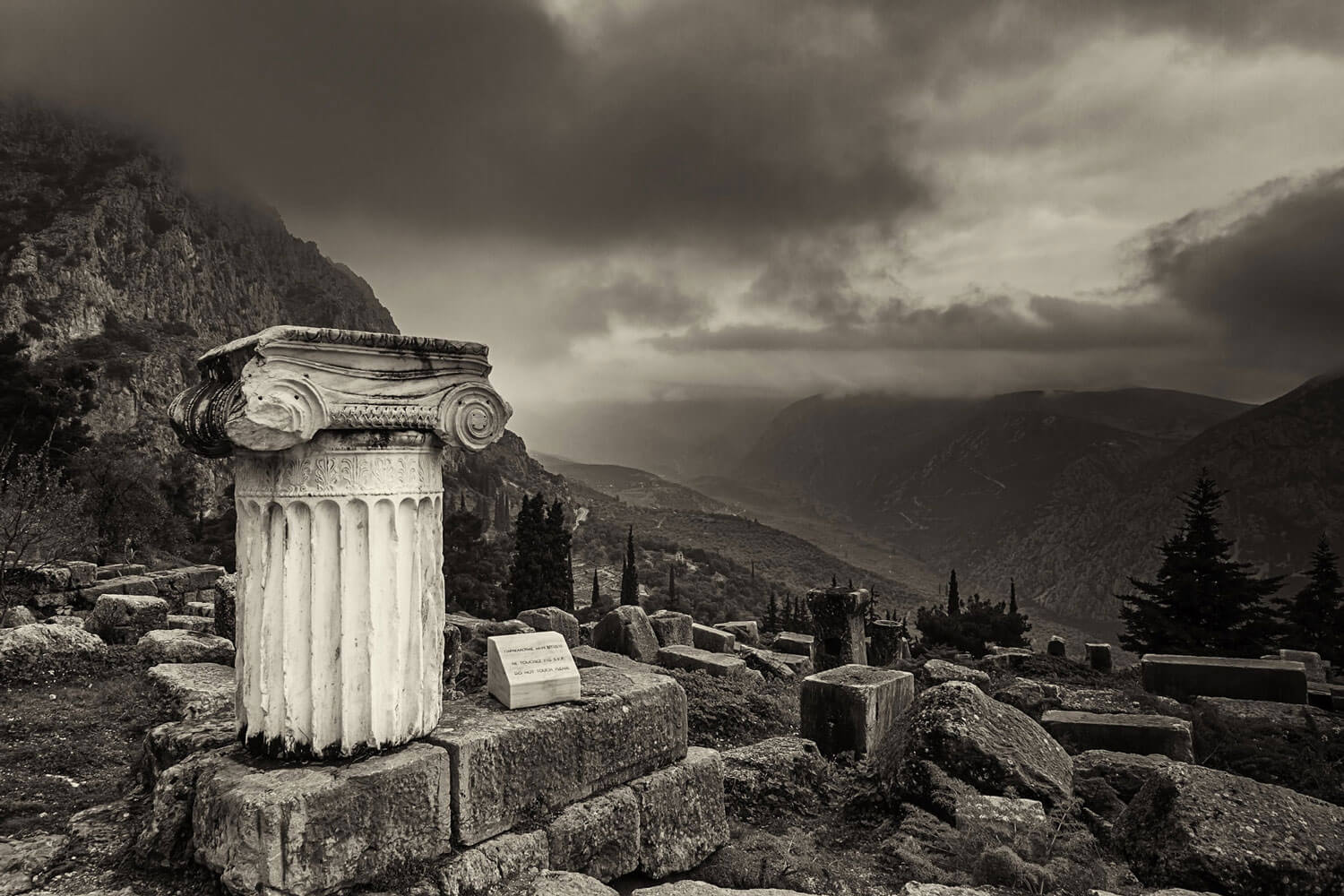
Delphi
And they met together and dedicated in the Temple of Apollo at Delphi as the first fruits of their wisdom the far framed inscriptions which are in all men’s mouths, ‘Know Thyself’ and ‘Nothing Too much’
Plato, Protogoras, 343.
Delphi was the spiritual center of the ancient Greek world, blending harmoniously with the superb landscape and charged with sacred meaning, The natural setting of the sanctuary was in itself sacred, carved out of the southern approaches to Mount Parnassos. As the cult center, Delphi established itself early as the place where revelation became manifest and where the gods spoke to the mankind.
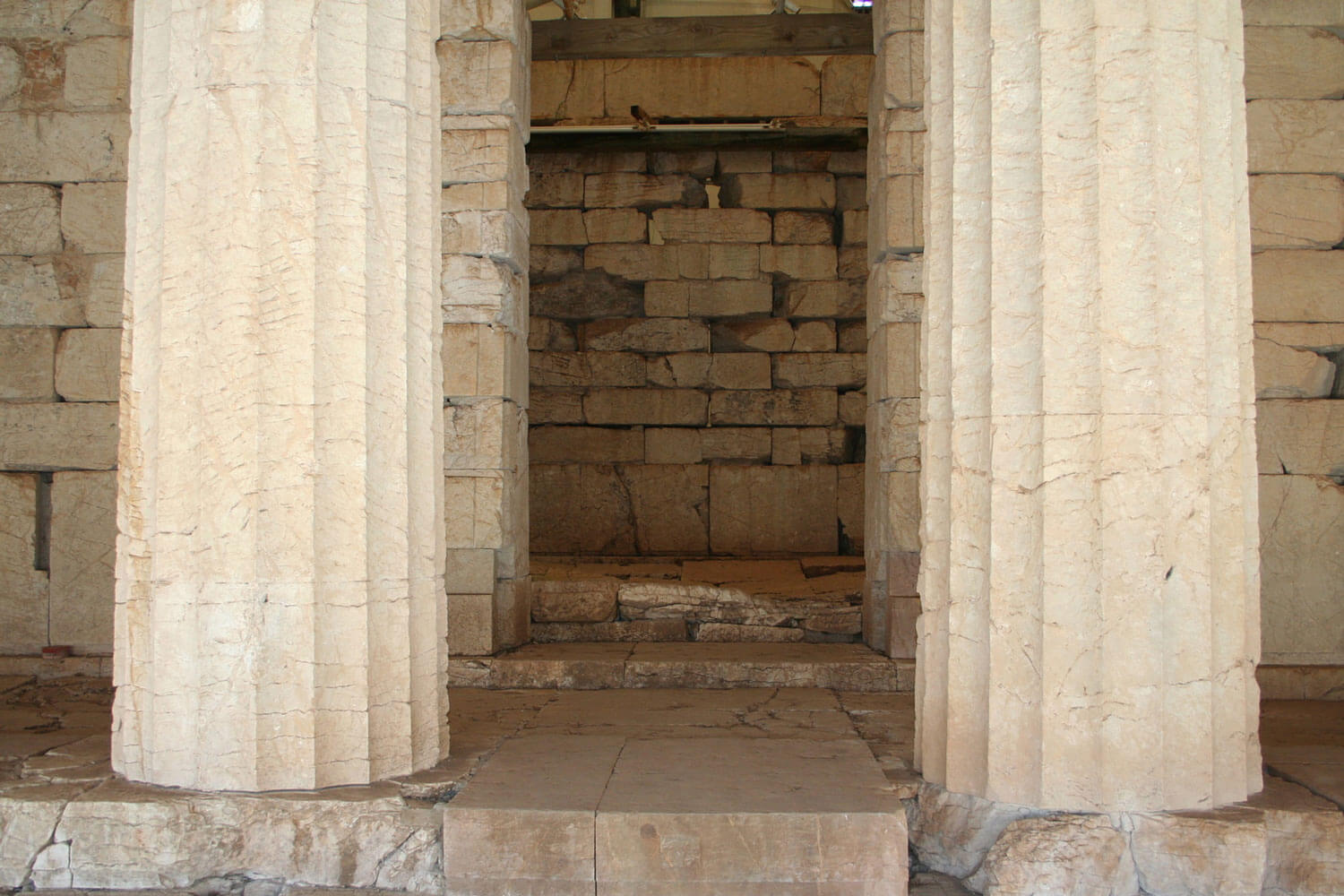
Bassae
The Temple of Apollo Epikourios (‘the Helper’), is unique in the history of ancient Greek architecture because it combines a variety of novel ideas both in its external appearance and in its internal arrangements.
The drive alone is worth the trip, winding through hills to an altitude of 1300 meters where the temple rests in the slope of Mt Kotilion. The area surrounding the temple was sacred to Artemis in her aspect as goddess of the wild places, and to Aphrodite.
In this photo is the Eastern door so located in relation to the cult statue of Apollo to catch the first rays of the morning sun, no doubt lined exactly on festival days.
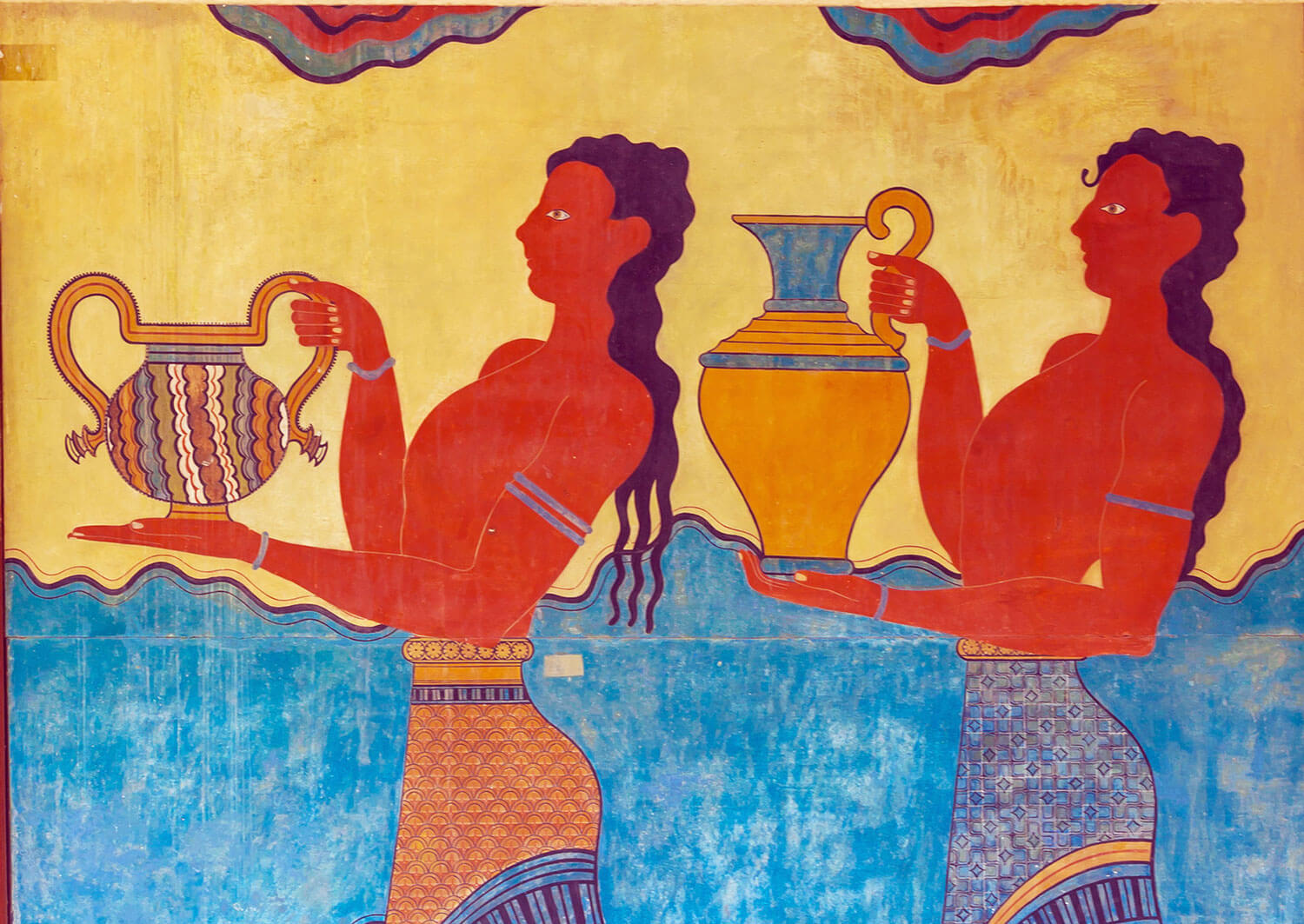
Knossos
Knosssos is one of the great treasures of the world. The palace cultures that remain in Greece were communal structures where the secular religious life of the society were integrated in the person of a priest-king.
Living in our times we can have no clear idea what communal existence was, except to visit the palaces, move through the space and try to focus.
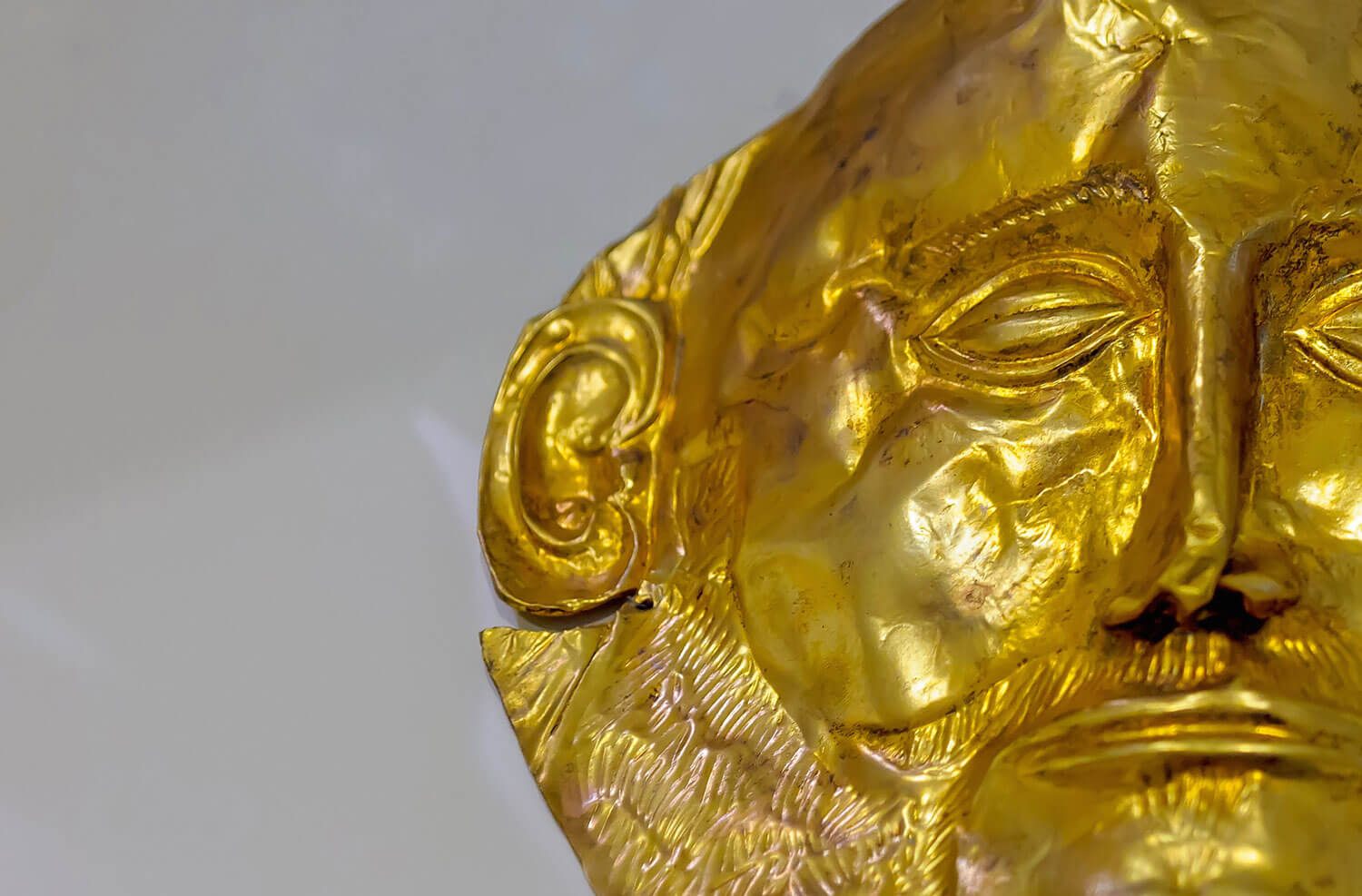
Mycenae
"I never could have dared to dream that I might die in Argos, and be buried in the beloved soil. Hail to the Argive land and to its sunlight, hail to its high sovereign, Zeus.."
Aeschylus, Agamemnon
The ethnic identity of the peoples who established the culture we call Mycanae around 1550BC is uncertain. Homer referred to them as Aecheans or Argives. We can follow their tracks through archaeological findings: They rode horses bread by the Hittites, made gray pottery, wore armor and fought with bronze weapons. They occupied Troy in 1900 BC.
Argos, Trynis and Mycanae are the main historic sites in the Argive plain. Nearby their ancient port, Nafplio, is a delight to stay at and use as a center for excursions into this Bronze Age land. Do spare at least a whole day, three if you can.
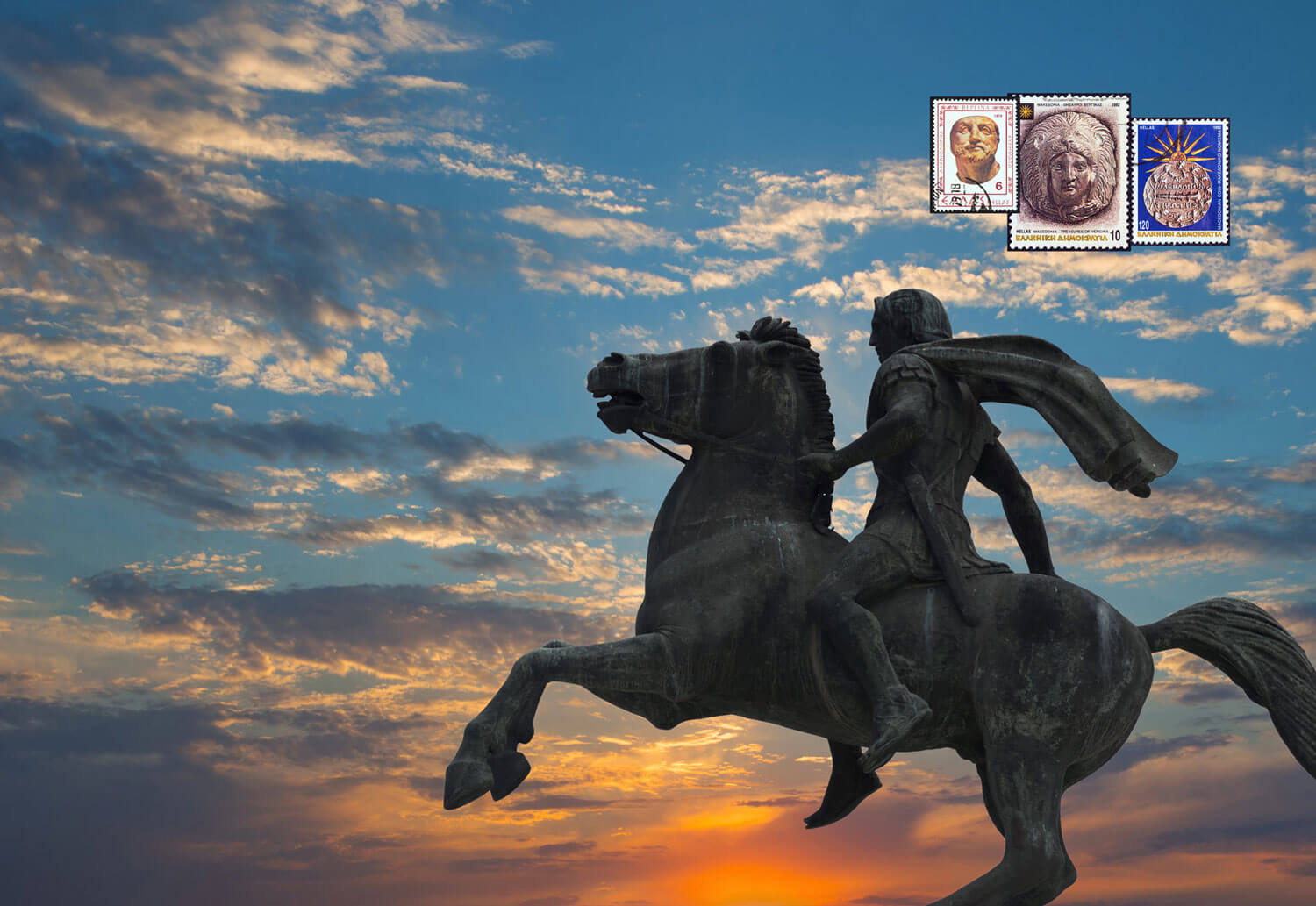
Aigai
The ancient city of Aigai, the first capital of the Kingdom of Macedonia is located near Vergina in northern Greece. The site features a lavishly decorated monumental palace, and a burial ground with more than 300 tumuli, some of which date from the 11th century B.C. One of the royal tombs in the Great Tumulus is identified as that of Philip II, who conquered all the Greek cities, paving the way for his son Alexander and the expansion of the Hellenistic world.
This must-see site is of outstanding universal value representing an exceptional testimony to a significant development in European civilization, at the transition from classical city-state to the imperial structure of the Hellenistic and Roman periods.
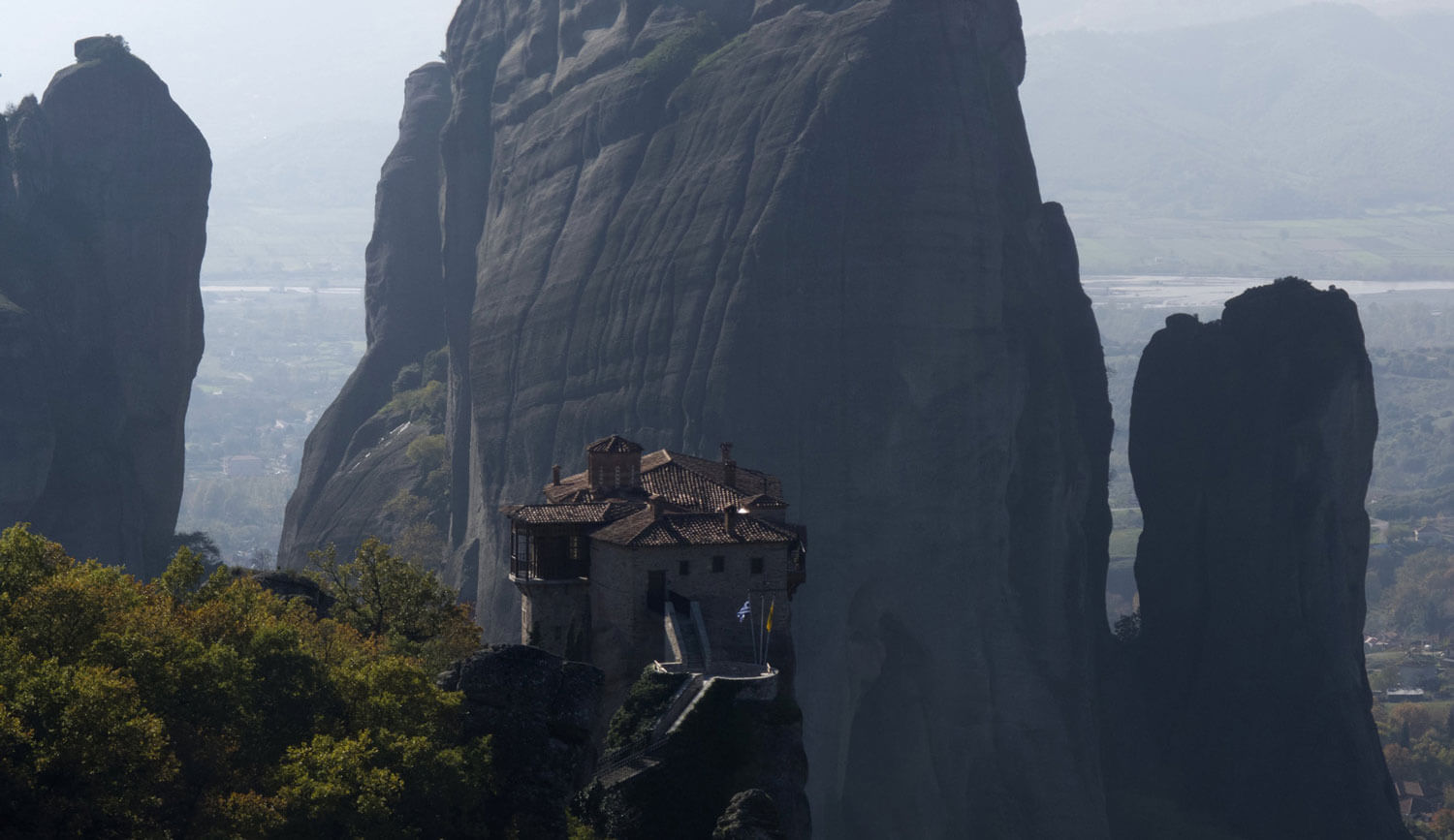
Meteora
Meteora is one of the most moving places on Earth. No matter what your beliefs are, you do feel closer to the source merely by being there.
“You must every man of you join in a choir so that being harmonious and in concord and taking the keynote of God in unison, you may sing with one voice through Jesus Christ to the Father, so that He may hear you and through your good deeds recognize that you are parts of His Son”
St Ignatius
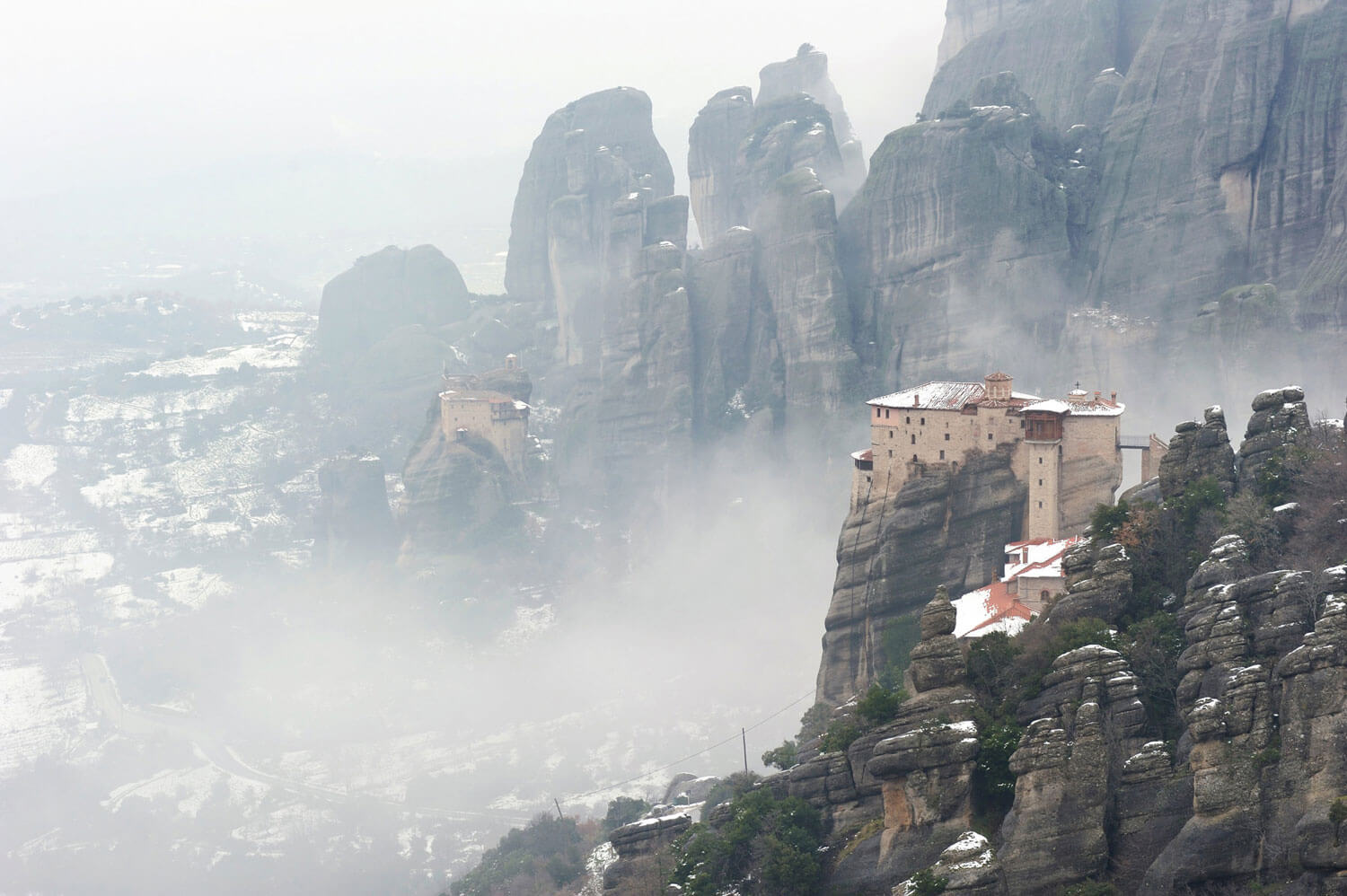
Meteora
In an area of almost inaccessibly high sandstone peaks, monks settled on the amazing ‘Columns of the Sky’ from the 11th century onwards.
Seventeen of these monasteries were built, with incredible difficulties, at the time of the great revival of the eremitic ideal in the mid-15th century following the Fall of Constantinople. The frescos on the walls mark a significant stage in the artistic development of post-Byzantine painting.
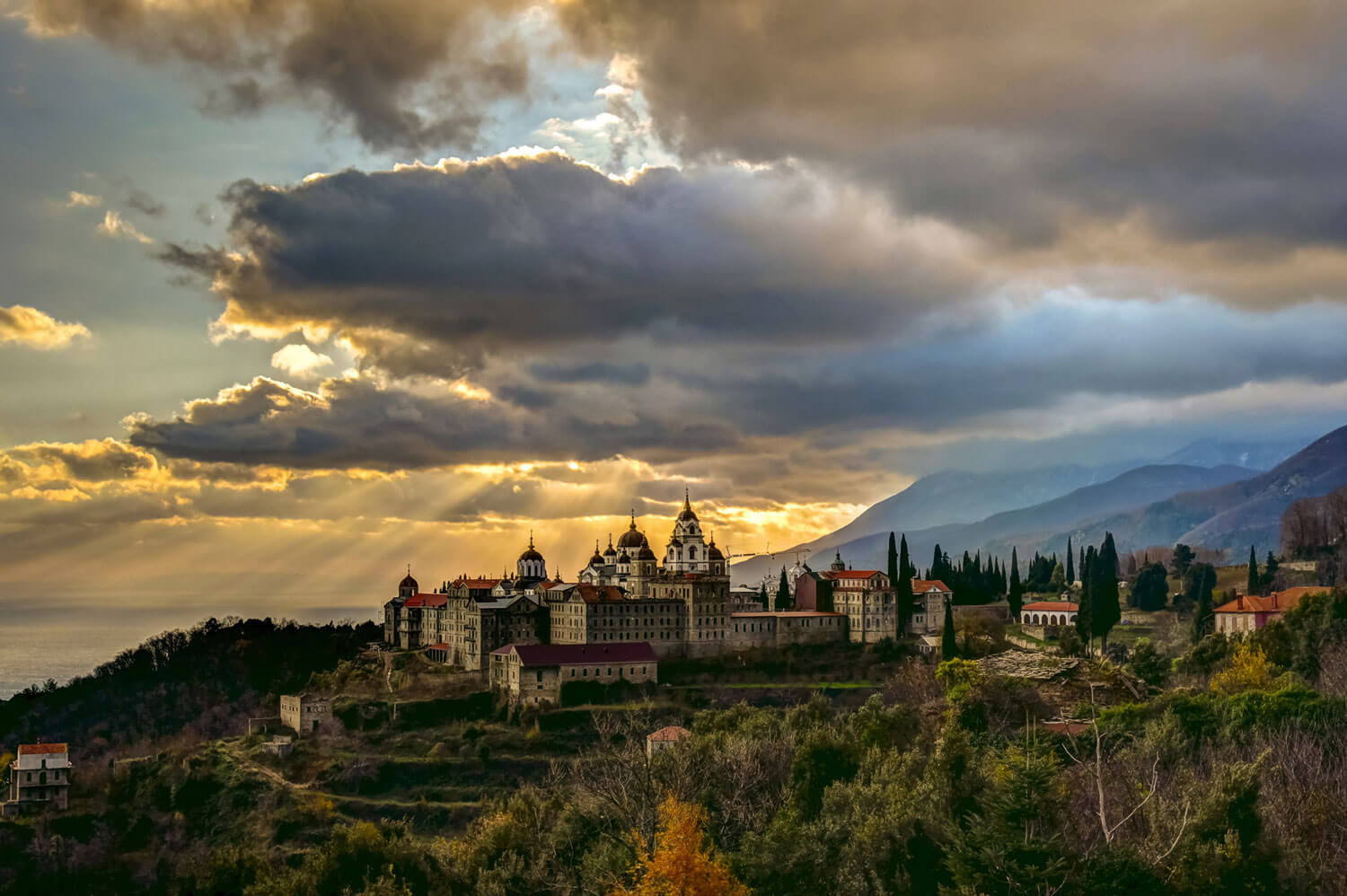
Mount Athos
While the world sleeps, the ascetic awakes.
"He who hears, let him get up from the deep sleep. Arise and remember that it is you who hearkened, and follow your root"
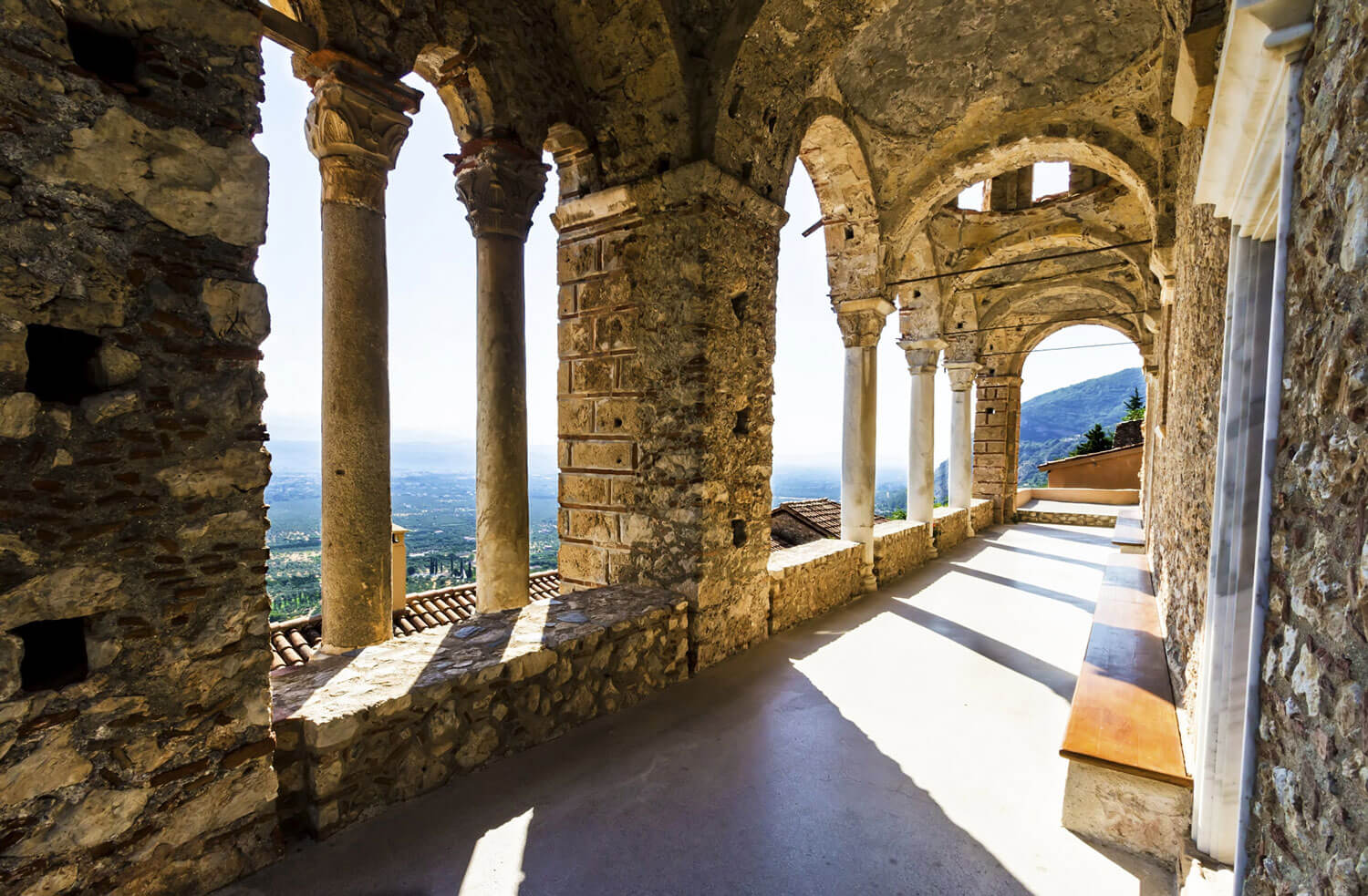
Mystras
Mystras – the ‘Wonder of Morea’ was built around a fortress erected in 1249 by the Prince of Achaia, William of Villehardouin.
Reconquered by the Byzantines, then ruled by the Ottomans, the city was deserted in 1832 for Sparti, leaving only the astonishing medieval remains, overlooking a beautiful landscape.
Mystras was also the last center of Byzantine scholarship; the Neoplatonist philosopher George Gemistos Plethon lived there until his death in 1452. He and other scholars based in Mystras influenced the Italian Renaissance, especially after he accompanied the emperor John VIII Palaiologos to Florence in 1439.
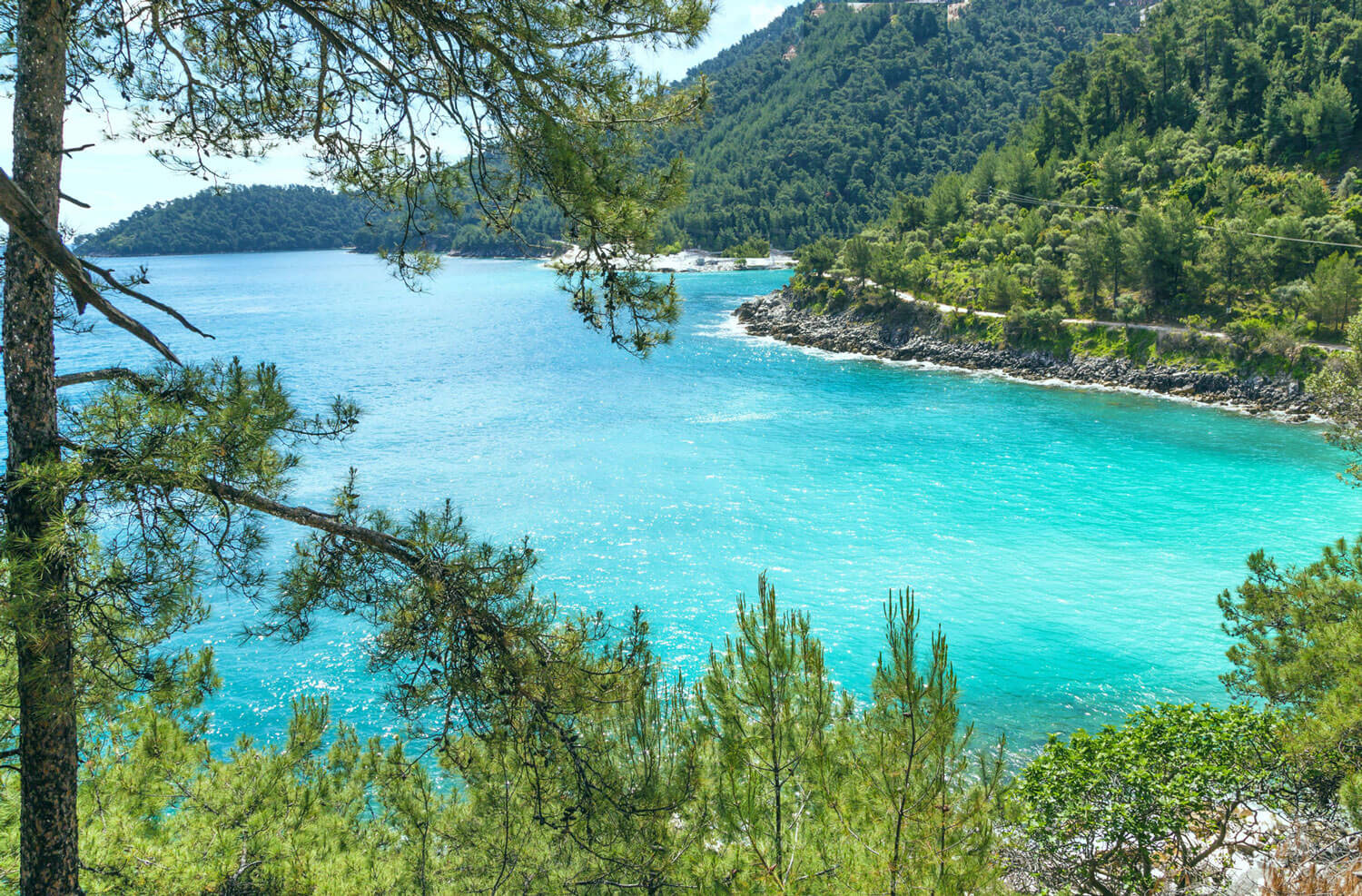
Thasos
Thasos is our favorite island. It is Greece’s best kept secret, surrounded by the crystal blue waters of the northern Aegean Sea. Green with lush forests, it is a short ferry ride from Eastern Thrace and close to the Turkish border.
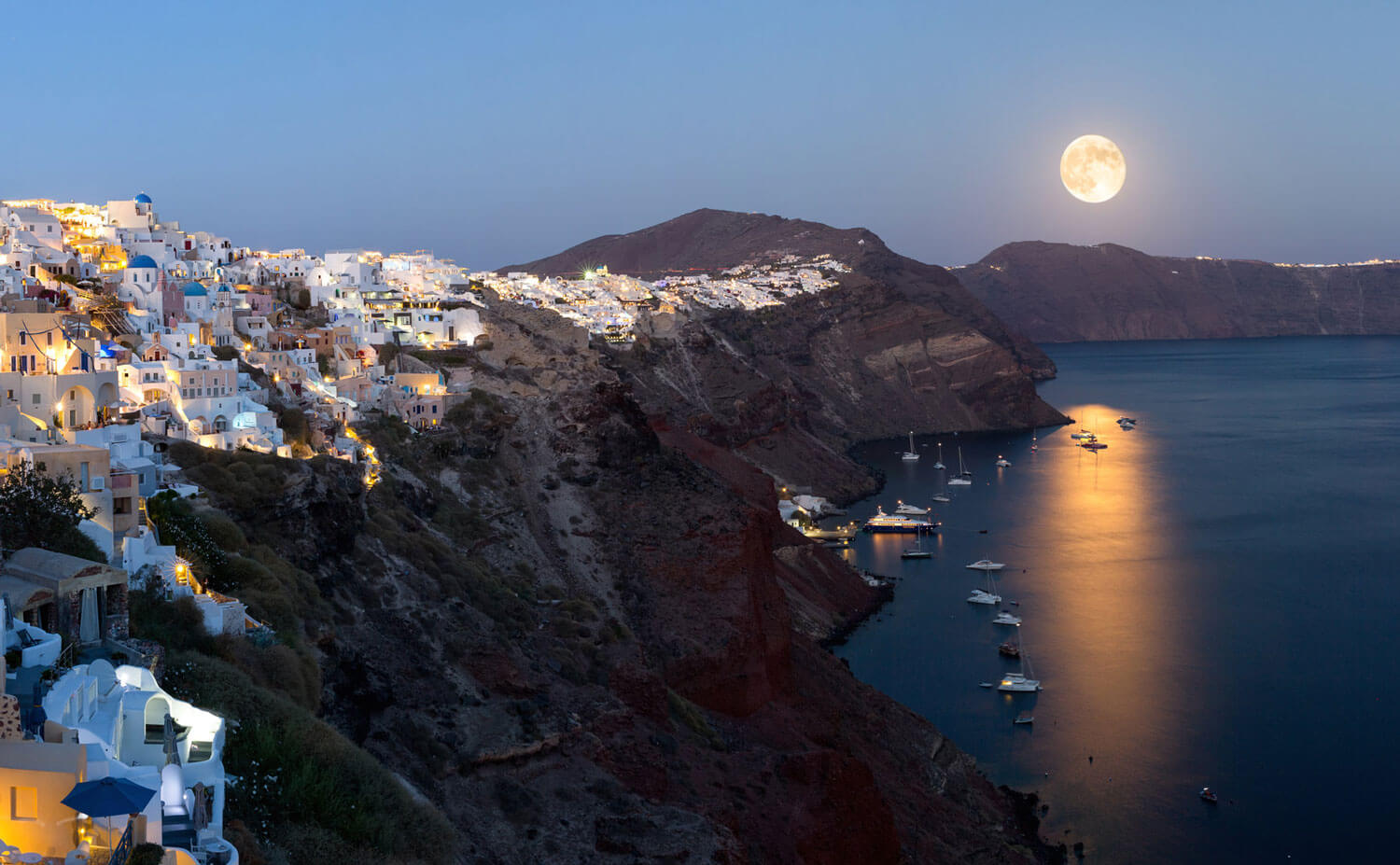
Thira (aka Santorini)
Thira (Santorini to Venetians) is one of the most beautiful places in the world.
Small tip: Do not miss the Bronze Age site of Akrotiri in the north part of the island.
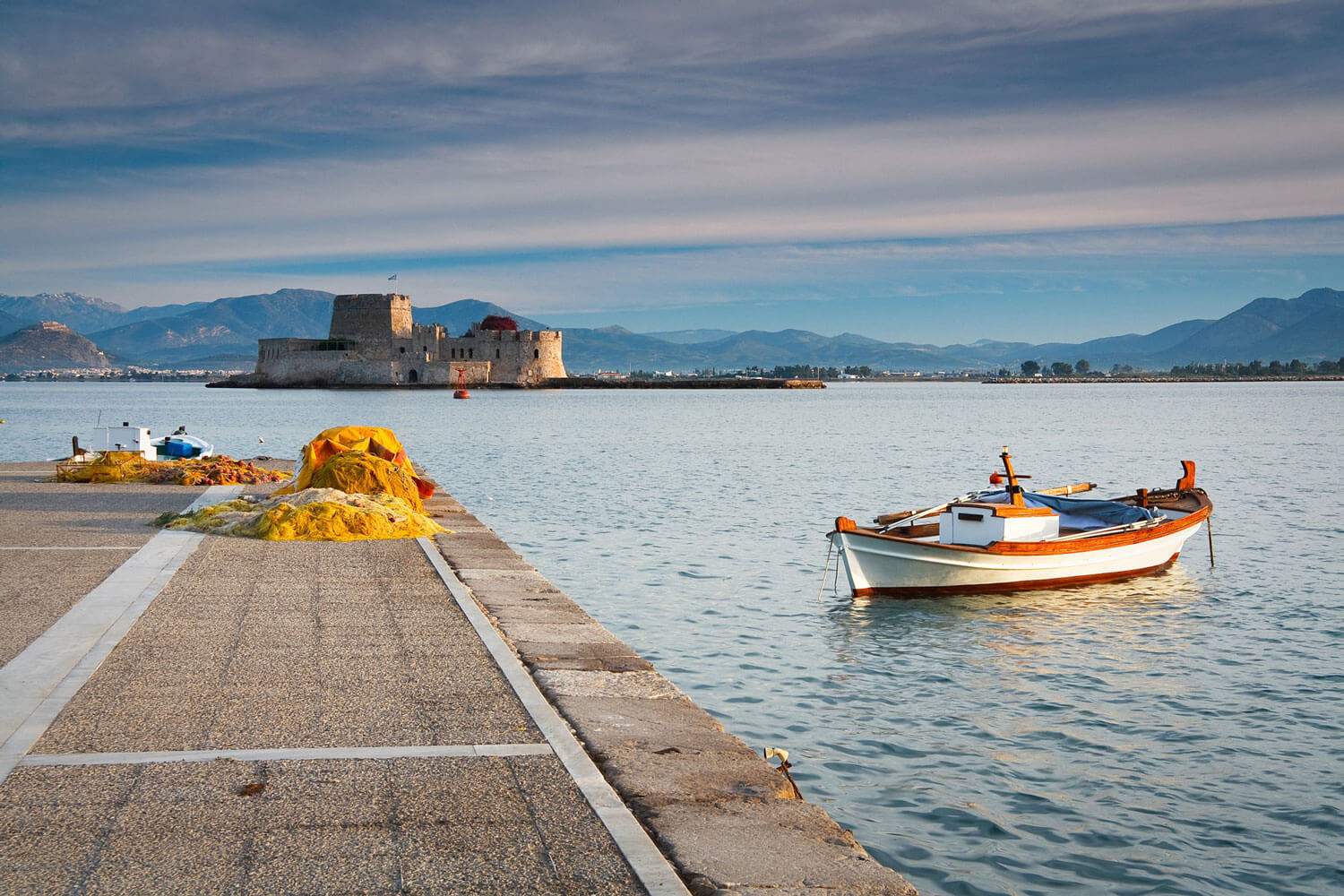
Nafplio
One of the most romantic cities in all of Greece, the beautiful Napfplio in Argolis. Ancient walls, monuments, Ottoman fountains, Venetian squares, neoclassical buildings.
Strolls at sunset on the promenade, lovely beaches, local crafts, delectable dining…
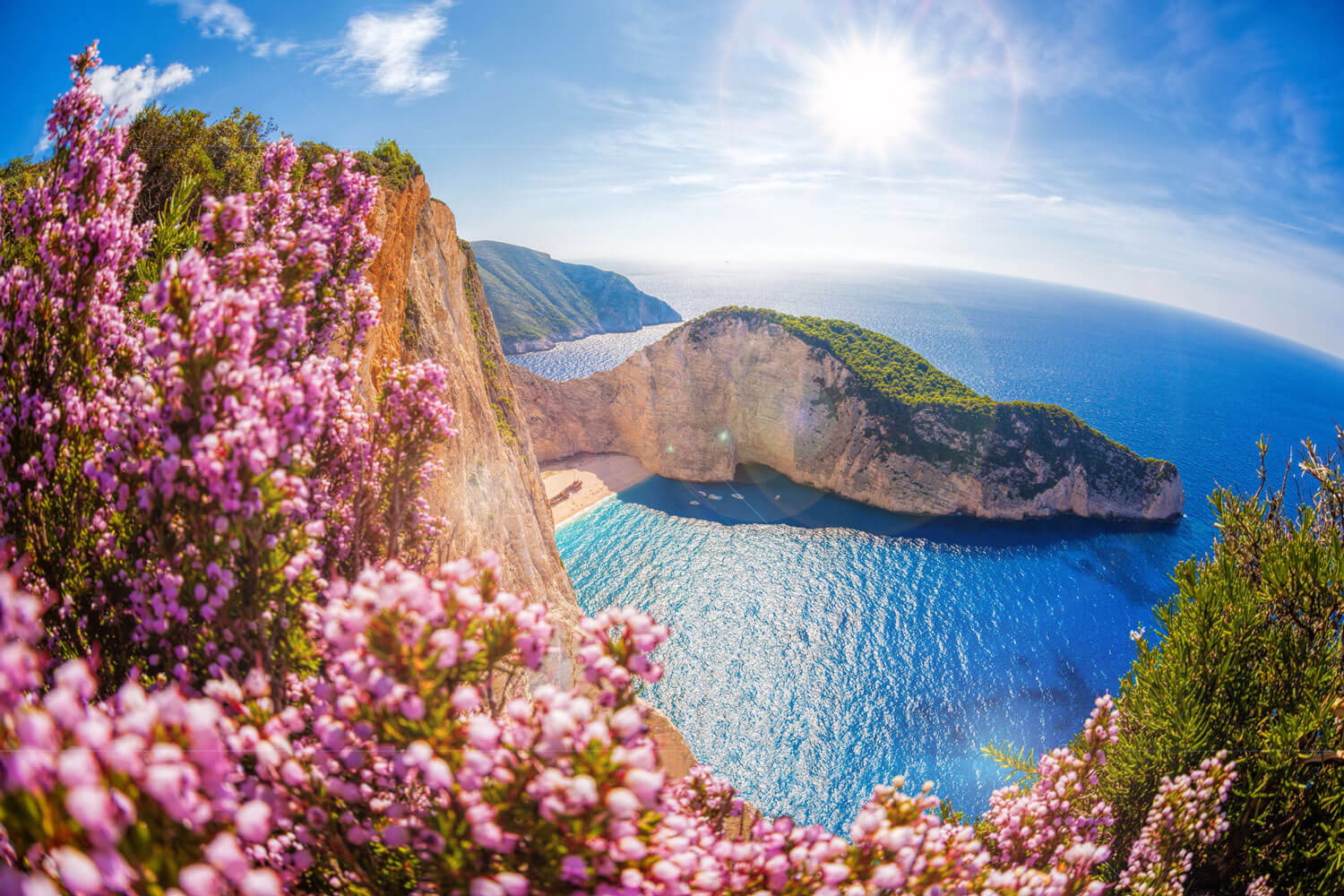
Zakynthos
Zakynthos is an all time favorite of flora lovers; the islands is said to have over 7000 species of flowers. Easter celebrations is world famous.
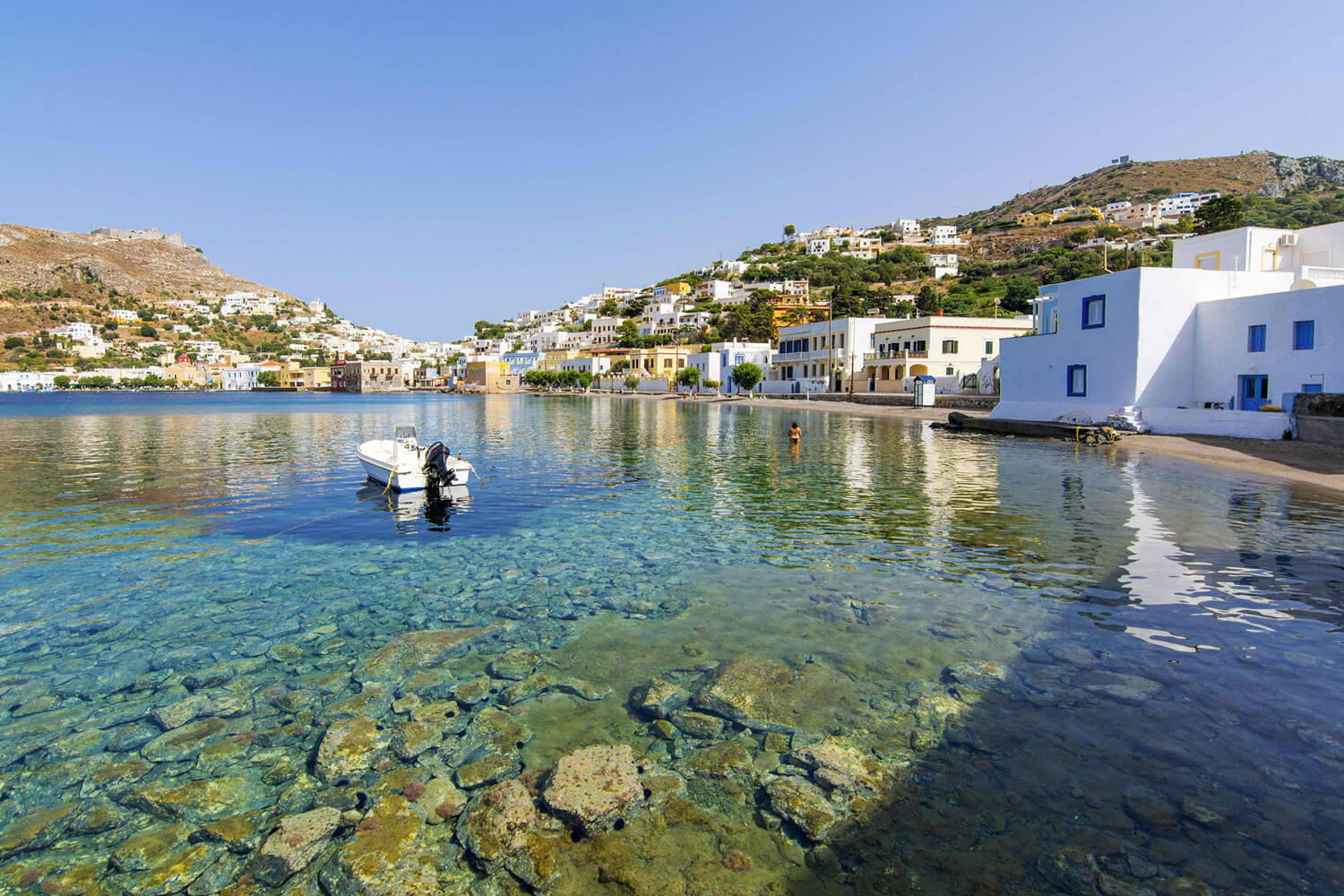
Leros
Leros is green, has excellent road network and is one of the few Greek islands with a sizeable winter population. Free from mass tourism, it is quieter and strikingly beautiful.
We love the vibe here. It is also air accessible. It just may the one for you if you like what you are reading.
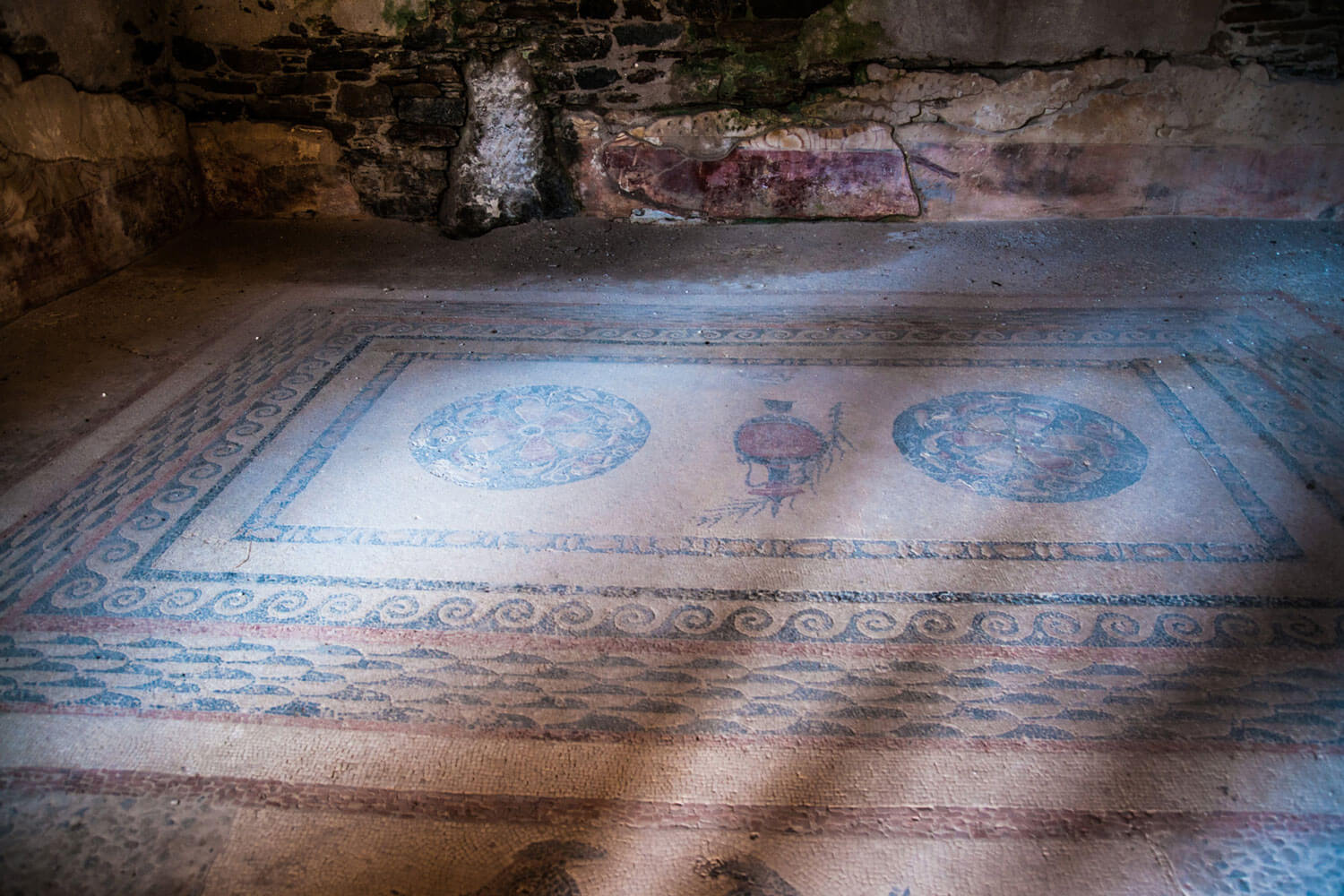
Delos
Delos is the most sacred island in the Aegean. Here on this tiny island in stark isolation were celebrated the cycles of the Sun (Apollo) and the Moon (Artemis) in yearly festivals and sacrifices. Remains lie near the sacred harbor.
The island bears traces of the succeeding civilizations in the Aegean world, from the 3rd millennium B.C. The archaeological site is exceptionally extensive and rich and conveys the image of a great cosmopolitan Mediterranean port.
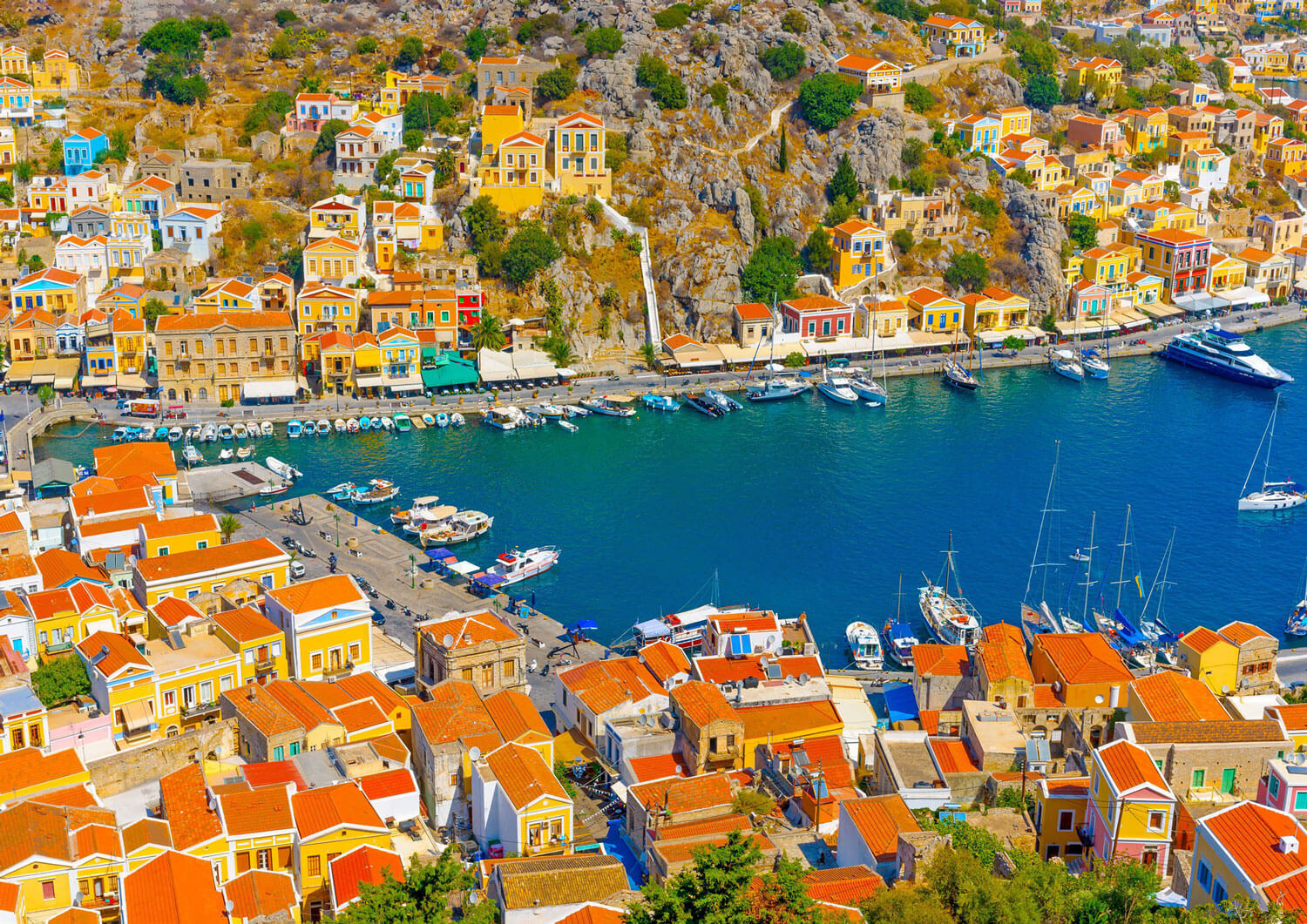
Symi
Symi, located in the Southern Dodecanese, north of Rhodes and close to the coast of south-west Turkey is a spectacular island, offering the bluest sea and calm beaches along with a breathtaking architectural structures.
Symi was renowned for its boat-building, sponge-fishing, wine-making, its wood-carvers and icon-painters and the outstanding educational quality of its schools.
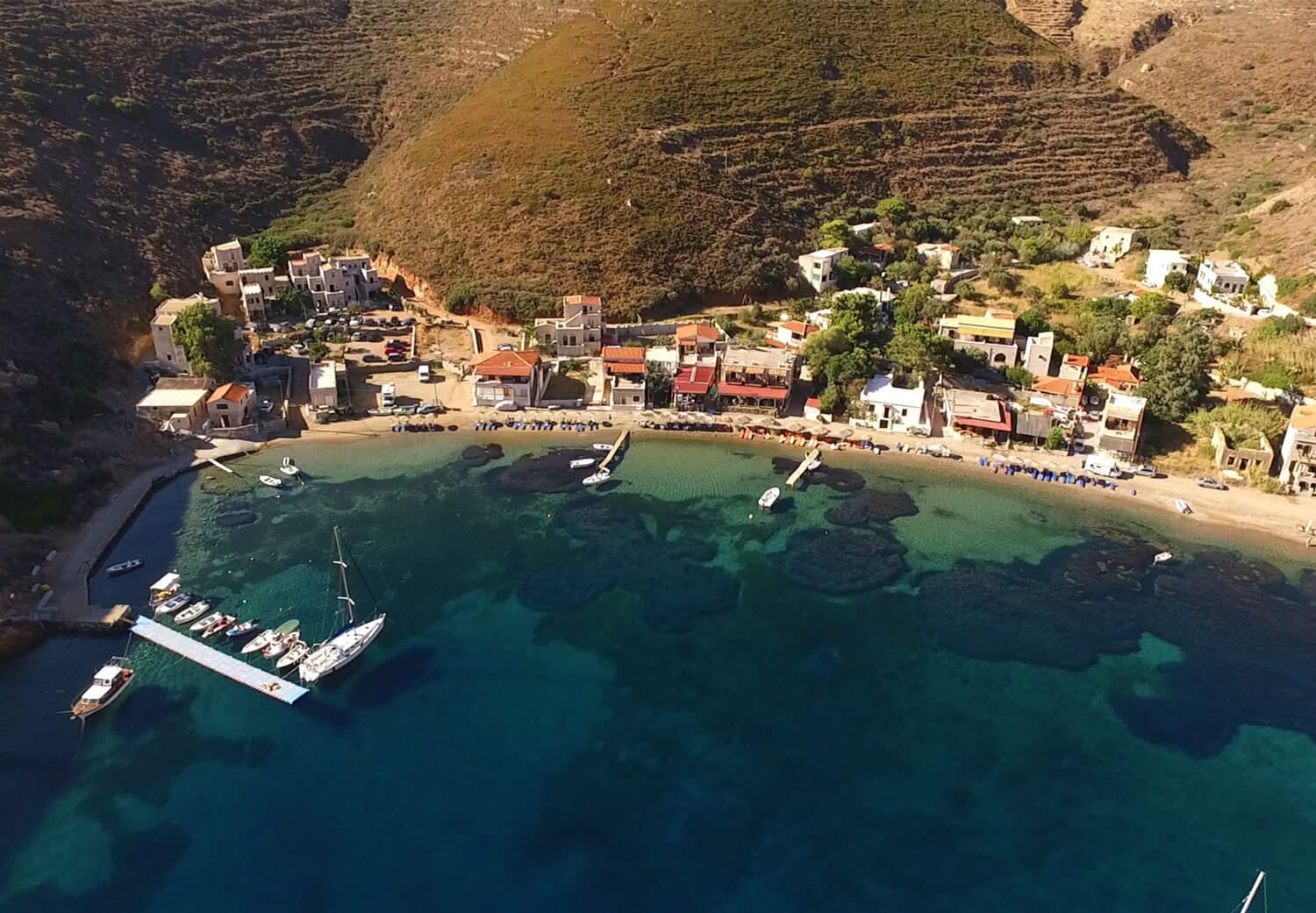
The Mani
The Mani, the southern tip of the Peloponese, is the most idyllic part of Greece. Until recent years many Mani villages could only be reached by the sea.